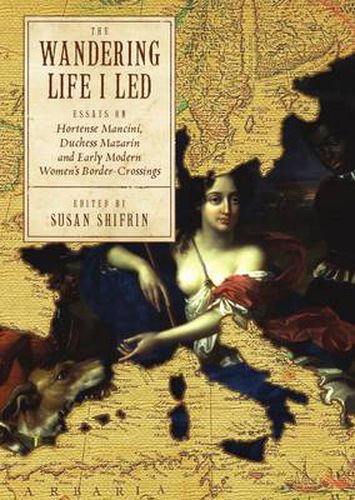Readings Newsletter
Become a Readings Member to make your shopping experience even easier.
Sign in or sign up for free!
You’re not far away from qualifying for FREE standard shipping within Australia
You’ve qualified for FREE standard shipping within Australia
The cart is loading…






This book of essays brings together international scholars working on the literary, visual, musical, and theatrical representations and reception of Hortense Mancini, Duchess Mazarin, an early modern woman whose literal-geographical- border crossings serve here as the starting point for an investigation of her and others’ elisions and transgressions of borders of all kinds. The authors lay out strategies for exploring the ways in which she crossed geographical, gendered, cultural, and-in scholarly terms-disciplinary boundaries, and in so doing, consider how an investigation of those border crossings can enhance our understanding of early modern cultural formation. The new work presented here by some of the most distinguished junior and senior scholars working today in the fields of history, art history, literary history, the history of theater, and the history of music promises to stimulate a broader scholarly discussion about early modern border-crossing and women’s places in the early modern period in general.
$9.00 standard shipping within Australia
FREE standard shipping within Australia for orders over $100.00
Express & International shipping calculated at checkout
This book of essays brings together international scholars working on the literary, visual, musical, and theatrical representations and reception of Hortense Mancini, Duchess Mazarin, an early modern woman whose literal-geographical- border crossings serve here as the starting point for an investigation of her and others’ elisions and transgressions of borders of all kinds. The authors lay out strategies for exploring the ways in which she crossed geographical, gendered, cultural, and-in scholarly terms-disciplinary boundaries, and in so doing, consider how an investigation of those border crossings can enhance our understanding of early modern cultural formation. The new work presented here by some of the most distinguished junior and senior scholars working today in the fields of history, art history, literary history, the history of theater, and the history of music promises to stimulate a broader scholarly discussion about early modern border-crossing and women’s places in the early modern period in general.